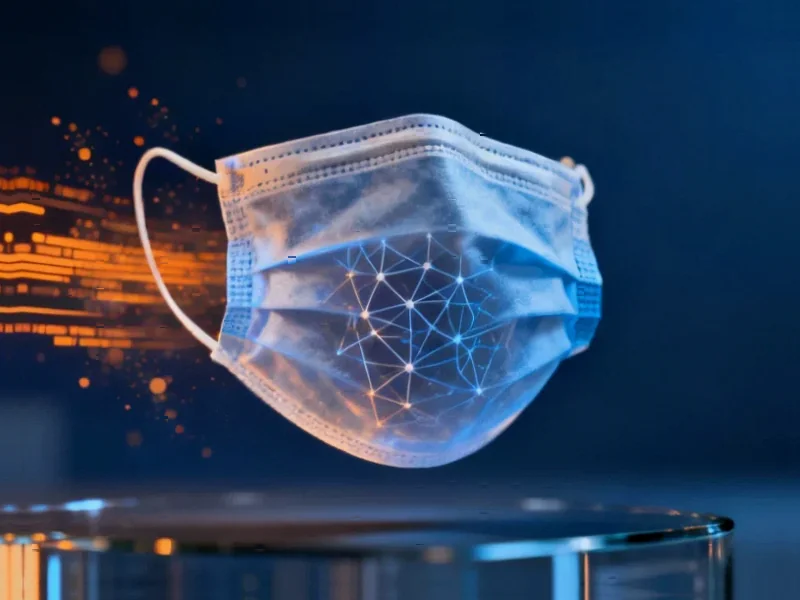According to Fast Company, the deepfake economy has grown into a $7.5 billion market with projections indicating it could reach $38.5 billion by 2032, representing a significant threat to financial markets and individual businesses. A 2024 Deloitte poll revealed that one in four executives reported their companies had been targeted by deepfake incidents specifically aimed at financial and accounting data. In response to this growing threat, California Governor Gavin Newsom signed the California AI Transparency Act into law on October 13, 2025, expanding requirements from large “frontier providers” like OpenAI, Anthropic, Microsoft, Google, and X to include large online platforms and device manufacturers. This legislation marks a critical regulatory response to an emerging threat that has already demonstrated its ability to directly impact stock market stability.
The Technical Architecture Behind Modern Deepfakes
The evolution from basic face-swapping algorithms to sophisticated generative adversarial networks (GANs) and diffusion models represents a quantum leap in deepfake technology. Modern systems use transformer architectures similar to those powering large language models, enabling temporal consistency across video frames that was previously impossible. The technical challenge isn’t just generating convincing individual frames but maintaining physical plausibility across sequences – ensuring lighting, shadows, and physics remain consistent as subjects move. This requires massive computational resources, with training runs for state-of-the-art models consuming thousands of GPU hours and requiring datasets of millions of images for convincing results.
The Arms Race in Detection Technology
Detection systems face an increasingly difficult battle as generative models improve. Early detection relied on identifying artifacts in facial boundaries, inconsistent eye reflections, or unnatural blinking patterns. However, modern deepfakes incorporate biological signals like pulse detection and micro-expressions that were previously considered reliable authentication markers. The most advanced detection now uses multimodal analysis combining audio forensics with visual artifact detection, but this requires significant computational overhead that makes real-time detection challenging for social media platforms processing billions of uploads daily. The California AI Transparency Act attempts to address this by mandating watermarking at the generation level, but watermark removal techniques are advancing nearly as quickly as the generation technology itself.
Why Corporate Systems Are Particularly Vulnerable
Corporate environments present unique attack surfaces that make them especially vulnerable to deepfake exploitation. The Deloitte research highlighting that 25% of executives have encountered deepfake attacks on financial data underscores how traditional corporate security architectures weren’t designed for this threat vector. Voice cloning attacks targeting financial departments for fraudulent wire transfers have proven particularly effective because they bypass multi-factor authentication that relies on voice verification. The psychological aspect is crucial – employees are conditioned to trust authority figures, and sophisticated deepfakes can replicate not just visual appearance but behavioral patterns and speech mannerisms of executives.
Broader Economic and Market Implications
The projected growth to $38.5 billion by 2032 represents both the threat and opportunity sides of this technology. While malicious applications dominate current concerns, legitimate use cases in entertainment, training, and marketing are driving investment. The market impact extends beyond direct financial fraud to include brand reputation damage, intellectual property theft through synthetic identity, and manipulation of investor sentiment through fabricated executive statements. The regulatory response we’re seeing in California will likely create a bifurcated market with compliant enterprise-grade tools operating alongside unregulated consumer applications, creating ongoing challenges for enforcement.
The Technical and Regulatory Road Ahead
Looking forward, the technical evolution points toward even more sophisticated threats. We’re approaching the point where real-time deepfake generation during video calls becomes feasible, eliminating the current detection advantage of analyzing pre-recorded content. The regulatory framework established by laws like California’s represents a necessary first step, but technical implementation will be challenging. Device-level watermarking requires coordination across hardware manufacturers, software developers, and platform operators – a level of industry cooperation rarely seen outside critical infrastructure sectors. The most effective defense will likely combine technical detection with human verification protocols, particularly for high-value financial transactions and sensitive corporate communications.



